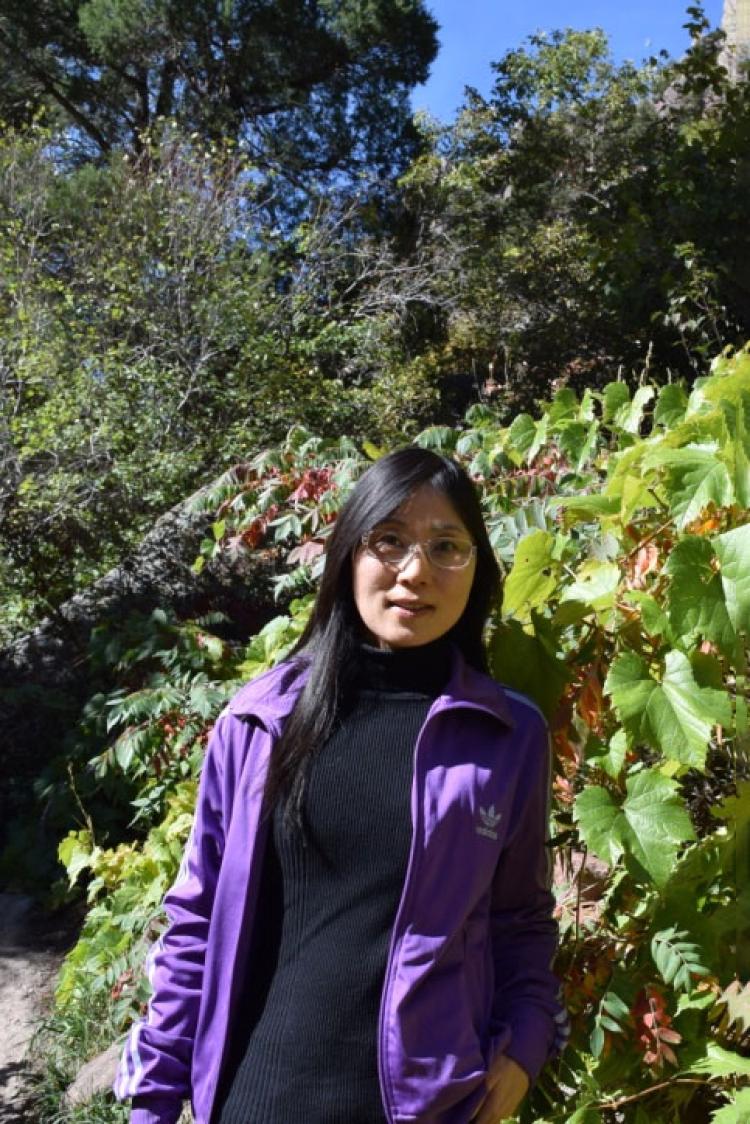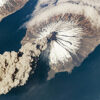Extreme weather and ocean events are on the rise around the world, due largely to human-caused climate change. But to fully understand these changes—and, ideally, to predict when and where they may occur in the future—researchers and policymakers must also take into account naturally occurring climate variability, suggests new research published in Nature Communications and led by the University of Colorado Boulder.
Around the world, sea levels have risen by an average of 8 to 9 inches since 1880 because of human-caused global warming. But the amount of sea level rise varies greatly from region to region; it also changes over time, such as during high tide and low tide or storm surges.
Beyond that, sea level also fluctuates because of year-to-year and decade-to-decade climate variations, such as El Niño. All of these different layers can make it challenging for scientists to understand the primary cause of sea level changes in specific places at specific times.
While analyzing data from along the Indian Ocean coast of Indonesia, scientists noticed an uptick in sea level height extremes, or periods of high sea levels, from 2010 to 2017. These events can cause flooding, erosion, saltwater contamination of water supplies and other serious issues for people living along the coast.
The sea level height extremes sometimes occurred simultaneously with marine heatwaves, or periods of abnormally high ocean temperatures, the researchers found.
Marine heatwaves can harm ocean ecosystems, leading to consequences like massive coral bleaching and fish migration or die-offs. This, in turn, affects individuals and businesses that rely on fish for their food and livelihoods, as well as healthy reefs for protection against storm surges. Marine heatwaves can also cause heavy rainfall, which can worsen flooding caused by sea level height extremes.
When they occur together, sea level height extremes and marine heatwaves can have more severe socio-economic and ecological impacts on coastal communities, so scientists were keen to understand why there has been an increase in sea level height extremes and co-occurring marine heatwaves in coastal Indonesia.
“While it is important to study sea level extremes and marine heatwaves individually, studying them together is scientifically important and societally relevant, since the potential damage from these compound events can be exponentially higher than when they occur separately,” said lead author Weiqing Han, professor of atmospheric and oceanic sciences at CU Boulder.
To unravel the forces at play from 2010 to 2017, researchers studied tide gauge and satellite data and conducted a series of modeling experiments. Though human-caused climate change was partly to blame, natural climate variability—which occurs regardless of human influence—also played a role, the researchers concluded.
During this specific eight-year period, human-caused climate change and natural climate variability reinforced each other, leading to increased sea level height extremes. During other periods, however, natural climate variability may counteract human-caused climate change, which could help minimize sea level rise.
Understanding the complex relationship between the two forces, then, is essential for making accurate future projections of extreme events, which, in turn, affects plans for long-term coastal development and management. This is especially important for developing countries, which may lack the resources to mitigate or respond to extreme events, making their residents even more vulnerable.
“The study points out the importance of improving the representations of natural climate variability modes in our state-of-the-art climate models, in addition to more accurately representing the (human-caused) warming effects,” said Han.
Though past research has focused on marine heatwaves and sea level height extremes over a few days or weeks, this is one of the first studies to explore those events in the context of major climate variations—like El Niño and the Indian Ocean Dipole, or Indian Niño—which can last for many months or longer.
“We wanted to weave all these threads of research together in a case study for Indonesia, which is ground zero for the combined effects of El Niño and the Indian Ocean Dipole, and where we would expect the combined hazards of marine heatwaves and high sea levels to be pronounced,” said study co-author Michael McPhaden, a senior scientist with the National Oceanic and Atmospheric Administration (NOAA).
Global temperatures will likely continue to rise—and extreme weather and ocean events will likely continue to occur more frequently and with greater intensity—unless governments take steps to halt human-caused climate change, researchers say, noting that such steps include reducing greenhouse gas emissions from the burning of fossil fuels and limiting deforestation.
Wealthier, developed nations will likely need to make the biggest changes, the researchers also argue. Though countries like the United States and China are responsible for huge amounts of greenhouse gas emissions, developing nations like Indonesia, which emit far lower amounts of greenhouse gases, often bear the brunt of climate change’s effects.
“The bottom line is that climate change is real, dangerous and costly, especially for those who are least responsible for creating the situation we find ourselves in,” said McPhaden.
“The good news is that while we are part of the problem, we can also be part of the solution.”
More information:
Weiqing Han et al, Sea level extremes and compounding marine heatwaves in coastal Indonesia, Nature Communications (2022). DOI: 10.1038/s41467-022-34003-3
Provided by
University of Colorado at Boulder
Citation:
Human-caused global warming, natural climate variability in vicious cycle (2022, December 12)



